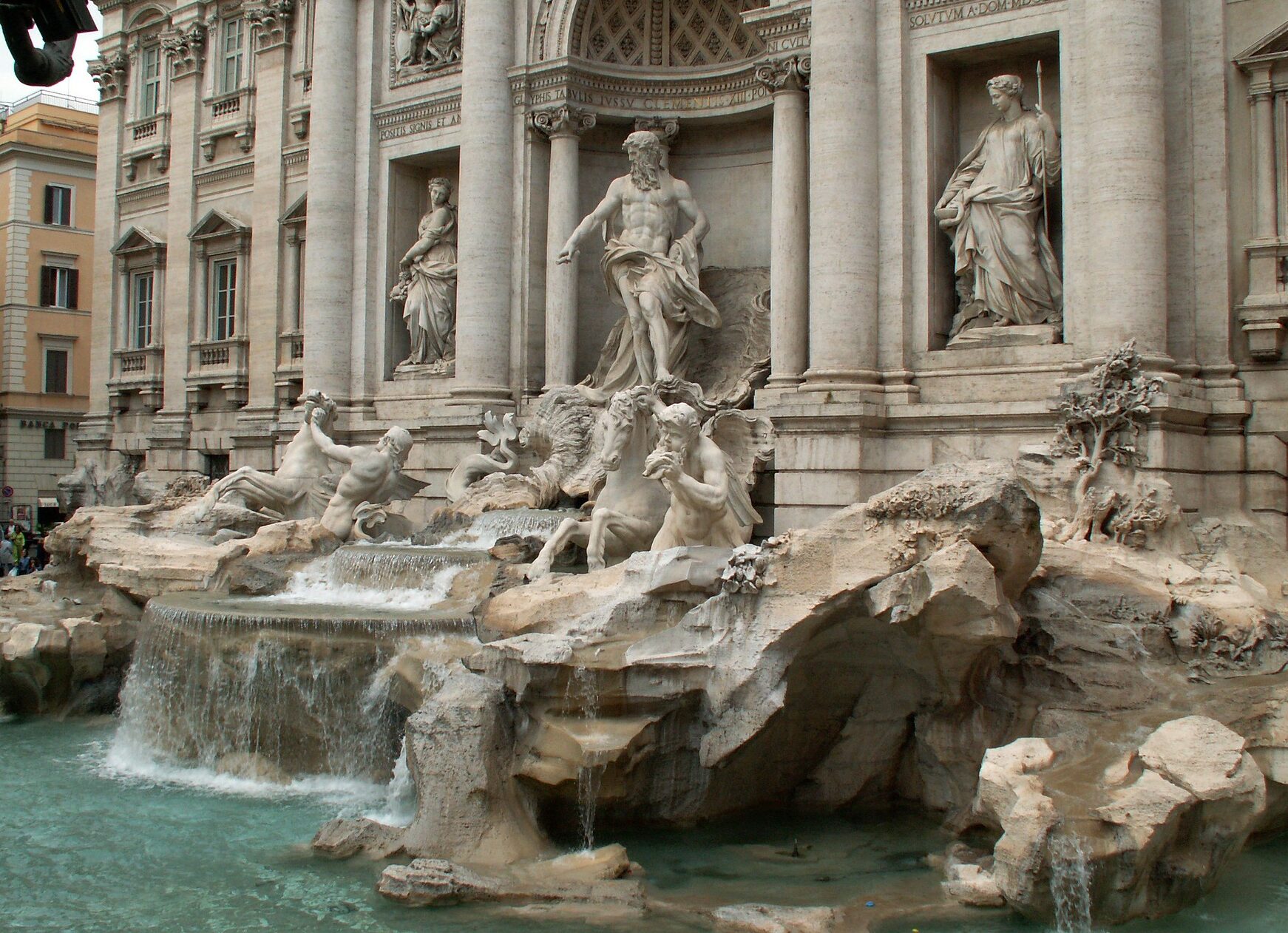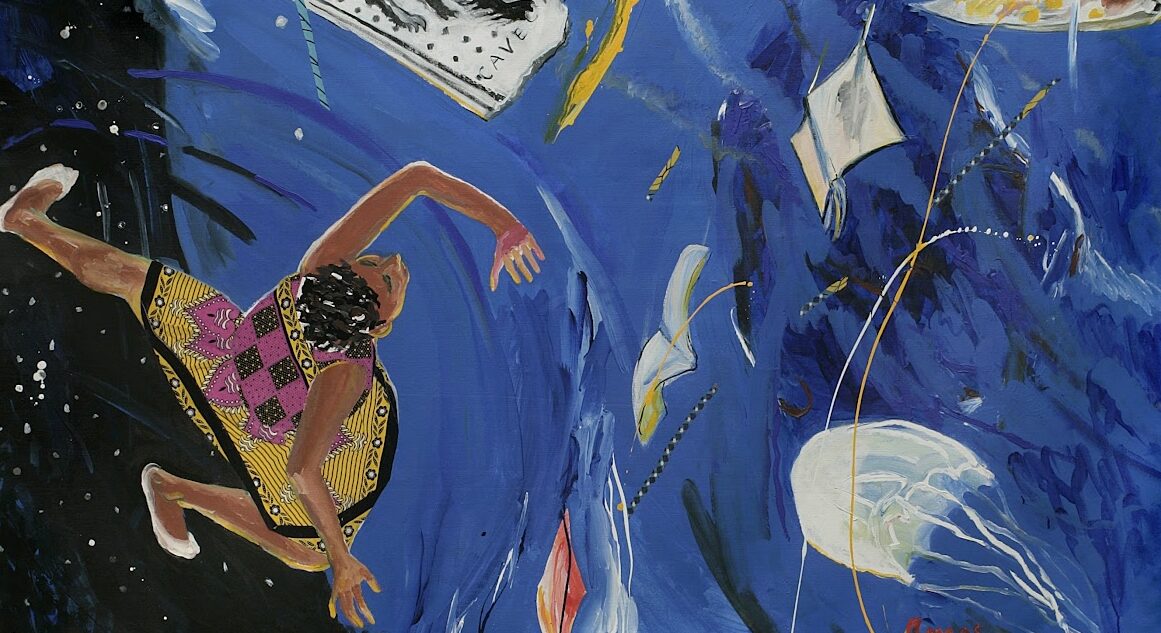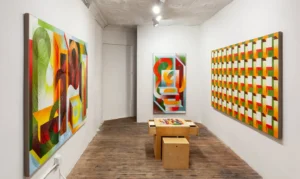
Celebrating art and culture from around the world is important for preserving cultural heritage. Cultural heritage sites, objects, and traditions are a source of pride for people worldwide, but they also require care and vigilance to ensure their preservation for future generations. Organizations such as the ASOR Cultural Heritage Initiatives work to promote global awareness and plan emergency and post-crisis responses to protect cultural heritage. Supporting exceptional organizations and artists that have been historically under-resourced is critical to the creation, conservation, and preservation of cultural heritage. Celebrating art and culture is a way to honor and preserve the rich history and traditions of different cultures.
Celebrating art and culture also promotes diversity and tolerance. The Smithsonian celebrates and promotes artistic and cultural diversity, ensuring that this diversity will continue to thrive for future generations. Events such as the World Day for Cultural Diversity for Dialogue and Development raise awareness of the wealth of world cultures and the opportunities for dialogue and cooperation between them. Celebrating diversity in art can also promote tolerance and understanding between different groups of people. Art competitions, such as free student art contests, provide opportunities for artists to showcase their work and win recognition and prizes.
Celebrating art and culture also inspires creativity and innovation. Art nurtures creativity, innovation, and cultural diversity for all peoples. Arts and culture play a unique role in society, enriching our understanding of our lives, expanding our thinking, and creatively telling our stories. Organizations such as the Mid-America Arts Alliance work to bring cultural programs to communities, both urban and rural, to inspire creativity and innovation. ARTS DISTRICT Liberty Station, home to over 100 working artists, craft studios, galleries, and museums, is a perfect example of a place that inspires creativity and innovation.
Art and culture from Europe
Europe has a rich history of art and culture that has had a profound impact on the world. The Renaissance period (1400-1600 CE) in Europe is particularly renowned for its art, which includes some of the most recognizable and beloved paintings and sculptures in history. The Renaissance was a time of great learning and curiosity, leading many artists to develop and engage in new forms of art. The movement left a lasting legacy that continues to inspire artists and art lovers around the world. The era’s cultural output was often commissioned by ambitious, affluent families and institutions to bolster their authority. The Renaissance period’s legacy continues to influence art and culture today, making it a vital part of Europe’s cultural heritage.
The Baroque and Rococo periods in Europe, which followed the Renaissance, are also significant periods in the history of European art. Baroque art features darker colors and religious themes, while Rococo art is characterized by pastels, gold, and ivory, and more secular, light-hearted themes. These styles of art and architecture have become popular once more, after a century and a half of neglect, misunderstanding, and scorn. The Baroque and Rococo periods represent a continuation of the Renaissance’s legacy, demonstrating how European art and culture have evolved over time.

Modern art movements in Europe have also had a significant impact on the art world. From Cubism and Futurism to Expressionism and Post-Impressionism, these movements have pushed the boundaries of what art can be. Modern art is an art history period that encompasses many different styles, in painting, sculpture, and other mediums, between the late 19th century and mid-20th century. The expressionist movement, for example, was influenced by Romanticism, Symbolism, Post-Impressionism, Fauvism, and Cubism, and encompassed all genres, including landscape. Today, art and culture festivals around the world celebrate the diversity and richness of European art and culture. The unifying element among these movements is their desire to push the boundaries of art and culture, making them an essential part of Europe’s cultural heritage.
Art and culture from Asia
Asia is home to a rich and diverse range of traditional art forms, including calligraphy, ceramics, and painting. In Japan, the tea ceremony, calligraphy, ikebana (flower arranging), and gardening are highly refined traditional arts that have been passed down through generations. Japanese art covers a wide range of styles and media, including ancient pottery, sculpture, ink painting, and calligraphy on silk and paper. In Saudi Arabia and the Muslim world, calligraphy is a dominant theme in metalwork, ceramics, glass, textiles, painting, and sculpture. Ottoman art also features calligraphy, as well as architecture, manuscript painting, textiles, and ceramics. Thus, traditional art forms in Asia reflect the region’s rich cultural heritage and offer a glimpse into its history and traditions.

Contemporary art and design in Asia is also thriving, with many artists and designers pushing boundaries and experimenting with new forms and techniques. From cutting-edge fashion and product design to contemporary art installations, Asia is a hub of creativity and innovation. There are also many opportunities for emerging artists to showcase their work, such as student art contests and exhibitions. Contemporary Asian art and design are constantly evolving and reflect the region’s dynamic and diverse cultural landscape.
Cultural festivals and celebrations are an integral part of Asian culture, providing an opportunity for people to come together and celebrate their shared heritage. From the colorful Holi festival in India to the vibrant Lunar New Year celebrations in China, Asia is home to a wide variety of festivals that showcase its rich cultural traditions. In addition, major art and culture events such as Art Basel Hong Kong and the World Culture Festival in New York City provide a platform for artists and performers to showcase their work on a global stage. These festivals and events not only celebrate Asia’s culture but also promote cross-cultural exchange and understanding.
Art and culture from Africa and the Americas
Indigenous art and craft traditions from Africa and the Americas are an integral part of the rich cultural heritage of these regions. In Indigenous communities, art is more than just an image, it tells a story, shares their history and culture, and portrays their knowledge. The histories, arts, and cultures of Indigenous communities across the Americas can be explored through various resources, including the Indian Arts and Crafts Board (IACB), which posts juried Indian art and craft marketing events on its website. Similarly, in Africa, ancient rock art, bronze sculptures, wooden masks, contemporary installations, murals, and performance art are some of the many forms of art that have evolved over time. Celebrations of African arts have drawn international audiences, showcasing the richness and variety of African cultures. The preservation and promotion of Indigenous art and craft traditions are crucial for maintaining cultural diversity and identity.

Modern African art and literature are also gaining recognition on the global stage. Many contemporary African artists, such as Malian photographer Seydou Keïta, are now part of the global art world. The works of African writers, such as Chinua Achebe and Chimamanda Ngozi Adichie, have also gained international acclaim for their powerful storytelling and portrayal of African culture. The varied field of contemporary African and African-based art tells stories through metal, oil paint, and rosary beads. The increasing globalization of the art world has created opportunities for African artists to showcase their work and share their culture with a wider audience.
Latin American music, dance, and literature are renowned for their vibrant and diverse expressions of culture. Celebrations of Hispanic culture, music, and art are held annually during Hispanic Heritage Month in the United States. Institutions and artists across New York City also participate in the annual Latinx Cultural Week, which features theater, music, dance, film, literature, and visual arts presentations. Latin American music and dance, such as salsa, tango, and reggaeton, have gained worldwide popularity, while the works of Latin American writers, such as Gabriel García Márquez and Isabel Allende, have captivated readers with their magical realism and portrayal of Latin American culture. The celebration and recognition of Latin American culture through various art forms contribute to the preservation and promotion of cultural diversity.







